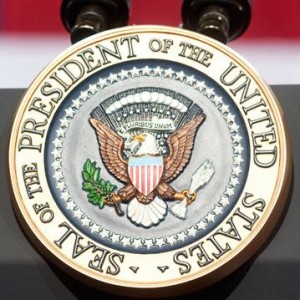 The US Department of Commerce has released details of the President’s budget request for the National Institute of Standards and Technology (NIST) in 2017 – proposing to increase spending on HPC and future computing technologies by more than 50 per cent.
The US Department of Commerce has released details of the President’s budget request for the National Institute of Standards and Technology (NIST) in 2017 – proposing to increase spending on HPC and future computing technologies by more than 50 per cent.
The total discretionary request for NIST is $1 billion, a $50.5 million increase in the enacted amount from 2016. The funding supports NIST’s research in areas such as computing, advanced communications and manufacturing.
“The requested funds will help NIST continue to push the frontiers of measurement science, which is at the heart of all technological innovation,” said Under Secretary of Commerce for Standards and Technology and NIST Director Willie E May. “Our new work will enable advances that will lead to vastly more powerful computers, more efficient manufacturing and more effective spectrum sharing for increased communications capabilities to meet current and future public safety needs.”
The budget is split into 3 main areas: Scientific and Technical Research and Services (STRS), $730.5 million, an increase of $40.5 million from 2016; Industrial Technology Services (ITS), $189 million, which represents an increase of $34 million; and Construction of Research Facilities (CRF), $95 million which is $24 million lower than the enacted levels in 2016.
Within the STRS budget, there are three main areas that have proposed budget increases which could directly affect HPC and computer science. The NIST is proposing an increase of $4.8 million ($51.6 million programme total) for its Neutron research facility and a $2 million increase ($8 million programme total) for Lab to Market/Technology Transfer. Of most importance to the HPC industry is that the budget for Measurement Science for Future Computing Technologies and Applications has a proposed budget increase of $13.6 million, a more than 50 per cent increase to $25.6 million.
The NIST has been a long-time supporter of the US semiconductor industry, providing measurement tools and insights that have helped to drive the steady increases in computing power. However, as we reach the limits of today’s semiconductor technology, NIST is aiming to drive more funding into HPC and computing technology to support the continued growth of this critical technology.
This story appears here as part of a cross-publishing agreement with Scientific Computing World.




